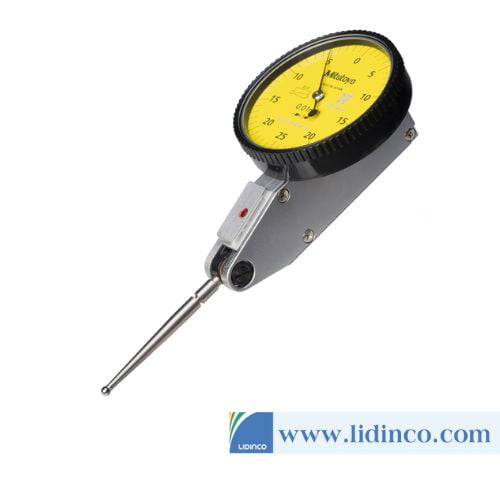
However, void formation is an unavoidable risk diminishing the electrical and thermal conductivity of the solder joint. The SVP process does not require additional mechanisms to control overheating. Once soldered, the process moves the board up to the vapor boundary to lower temperatures and finally out of the vapor to cool down.

By preselecting and controlling the soldering time automatically, engineers can create any thermal profile necessary. As the depth increases, the board reaches the liquidus temperature.

Holding the board at a certain depth realizes the pre-heating of the board. In the SVP process, as the PCB moves into the vapor, its temperature increases. The benefit of the SVP process is engineers can control the immediate temperature gradient as a function of the height level of the boards above the liquid surface. To realize any temperature gradient with a vapor phase reflow machine, engineers now follow the patented process of the soft vapor phase mode. This has led to Soft Vapor Phase (SVP) type of reflow machines.Īlso Read Fiberglass Fabric Styles Used in Laminates Control of Heat Transfer through Adjustment of Level However, the slight time delay in the creation and subsistence of vapors with the heater controls prevents the creation of sophisticated temperature profiles. Greater the power transferred to the heaters, more are the vapors produced, and more the heat transferred to the PCB assembly.Īs the rising vapors create an inert atmosphere, the process heats up the boards and the soldering process takes place in an oxygen-free atmosphere, which reduces the oxide formation and improves wetting. Control of Heat Transfer Through Adjustment of HeatĮngineers adjusted the temperature gradients in earlier vapor phase machines by regulating the power to the heating elements. Its main properties are is excellent chemical and thermal resistance, very high electric insulation properties, non-toxicity, low viscosity, and no flash or fire point. The heat transfer fluids used in modern vapor phase reflow ovens, such as perfluropolyether do not contain any CFC or other harmful ingredients that could place limitations for transportation and storage of these liquids.

The air over the vapor phase however, does not heat up more than 50-80☌. For instance, the inert fluid boils at 230☌ and creates the vapor layer above it at 230☌. This allows the soldered parts to remain sealed inside a neutral atmosphere. As the vapor has a higher density, it is heavier than the surrounding air. In a vapor phase oven, limitations of the physical temperature reliably prevent overheating of any part in the soldering process. This makes the process very suitable for densely populated PCBs. The process produces very little temperature difference between components of different thermal mass on the PCB. The heat transfer rate is high, achieves good wetting, and requires much less power input.

The vapor layer transfers heat to the PCB and associated components as the assembly sits within it. In contrast with the convection reflow oven, the vapor phase reflow oven has a much smaller footprint, and the PCB assembly moves vertically up and down instead of sideways. The vapor comes from boiling perfluoropolyether, an inert heat transfer liquid. Unlike convection, this type of ovens uses condensation or vapor phase for soldering. Also Read Factors Affecting the Longevity of Copper Bond Vapor Phase Reflow Oven Although each heating zone has its own temperature control, engineers usually face a challenge when reflowing densely populated circuit boards in a convection reflow oven, as it is not possible to control the temperature at individual component level. However, each product requires its own reflow profile and the engineering team has to create this before start of production.Ĭonvection reflow ovens usually have a large footprint, and therefore, consume a large amount of floor space in the factory. The Printed Circuit Board production lines usually place the convection reflow oven in-line with the SMT assembly equipment, allowing for a relatively high throughput, without additional handling. After the SMT assembly process is completed, a conveyor belt carries the populated printed circuit board (PCB) into the oven, which exposes the PCB to a controlled time-temperature profile. With multiple heating zones, sometimes as many as 12, followed by a cooling element, convection reflow ovens usually have individual temperature controls for each zone. Therefore, it is more useful to compare technologies such as flying probes and ICT, and convection and vapor phase reflow. Although potential electronics manufacturing services (EMS) partners usually look into capabilities and equipment lists, carrying out a comparison can be a daunting task as most EMS partners opt for different brands of equipment, specifically for surface mount assembly (SMT) equipment.


 0 kommentar(er)
0 kommentar(er)
